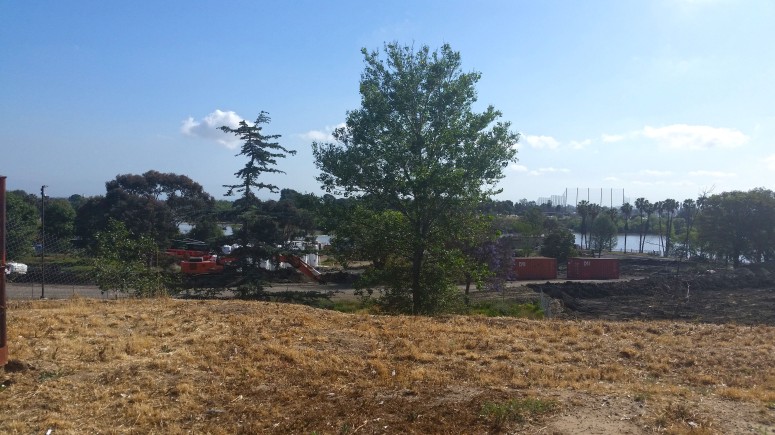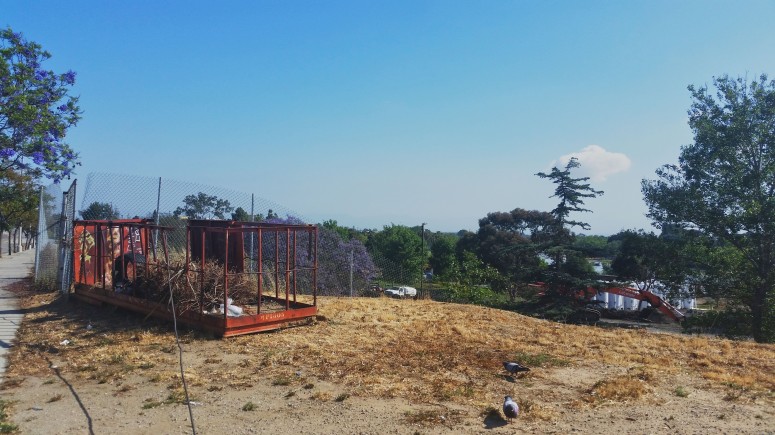
South Los Angeles, California
Update: On June 2016, the U.S. Department of Housing and Urban Development (HUD) announced that South Los Angeles would be designated as a Promise Zone during the third round designations. This designation will bring greater access to federal grants and other resources to members of the community. It also makes Los Angeles, the only city in the nation with two designation within its boundaries.
When one hears or reads the words, “South Los Angeles,” more often than not, a negative stigma is associated with this geographical location. Drugs, high crime rates, and poverty almost immediately come to mind. While there is truth to this, we often fail to question why the area is affected by these negative vices.
To formulate an answer, one would have to look back at the history of South Los Angeles, one that includes segregation, redlining, riots, a crack epidemic, and racially restrictive housing covenants. These events, as well as different policies that were put in place, help explain the existent economic situation of the community and its current social fabric.
Renewed hope was given in 2013, when President Obama announced the Promise Zones initiative. Promise Zones seek to partner with high-poverty urban, rural, and tribal communities to create jobs, increase economic activity, improve educational opportunities, leverage private investment, and reduce violent crime.

South Los Angeles, California
On January 9th 2014, President Obama announced the first round of designates. Los Angeles, as one of the chosen cities, was subsequently awarded $36 million in federal grants. These social and education services were to stretch across the neighborhoods of Hollywood, East Hollywood, Koreatown, Pico Union, and Westlake.
Given its need, why did South Los Angeles not become a Promise Zone? The following criteria may be key in the exclusion of this community:
- Promise Zones boundaries must encompass a population of at least 10,000 but no more than 200,000 residents;
- An existing boundary of a current Promise Neighborhoods or Choice Neighborhoods Implementation grant or Byrne Criminal Justice Innovation grant must be encompassed within the proposed Promise Zone boundaries, and;
- A current Choice Neighborhoods or Promise Neighborhoods implementation grant, or a Byrne Criminal Justice Innovation grant, must be active within the Promise Zone, and the grantees/partners for the Promise Zone application.
As written, this criteria automatically disqualified South Los Angeles from the first round (South Los Angeles did not apply), and may have played a role in not being selected during the second round. Third round designations will be announced later this year.
Today, South Los Angeles has experienced a shift in demographics. It transitioned from a predominantly African-American community to one inhabited primarily by Latinos. However, the same cannot be said about the neighborhood’s poverty and high unemployment rates, which continue to exist and negatively impact community members. The perpetual poverty endured by the residents of South Los Angeles is a result of the neglect from both public and private sectors that have failed to implement policies and projects that would promote the sustainable economic development of the community.
Is your community considered to be one in need? What policies and/or initiatives have you found beneficial to sustainable economic development your community?
Share your stories and thoughts in the comments below.
Credits: Images by Audelia Maciel. Data linked to sources.
*This blog was originally posted in May 2015. H/T The Global Grid

